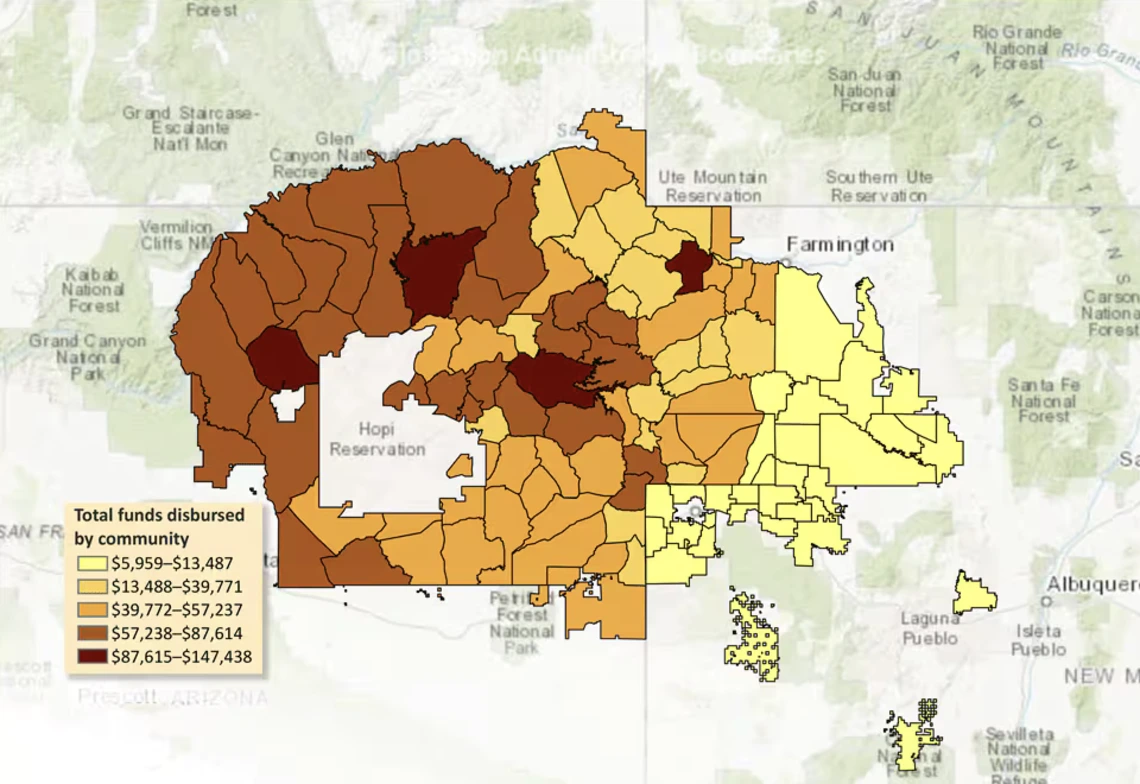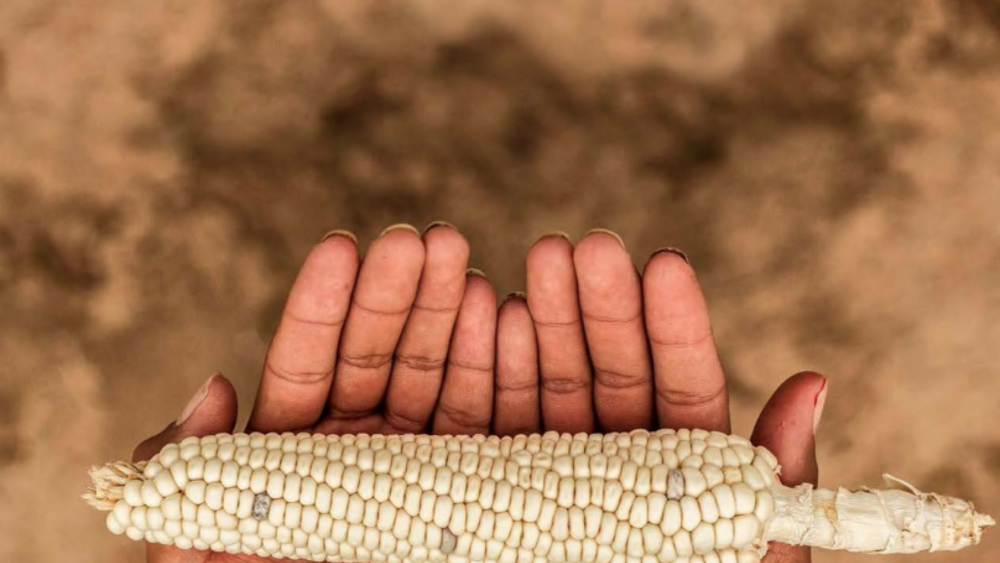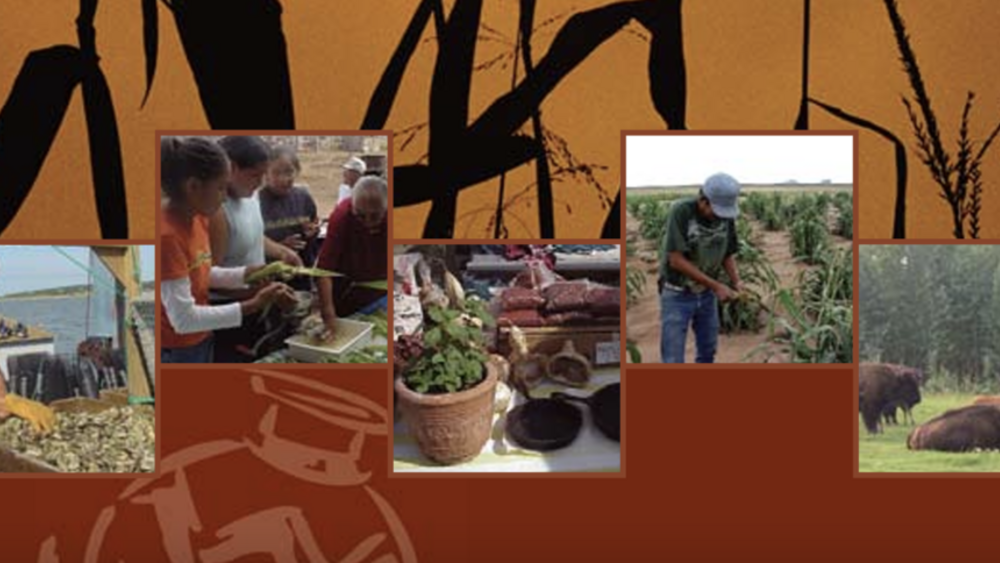Our study summarizes tax revenue and disbursements from the Navajo Nation Healthy Diné Nation Act of 2014, which included a 2% tax on foods of minimal-to-no nutritional value (junk food tax), the first in the United States and in any sovereign tribal nation. Since the tax was implemented in 2015, its gross revenue has been $7.58 million, including $1,887,323 in 2016, the first full year. Revenue decreased in absolute value by 3.2% in 2017, 1.2% in 2018, and 4.6% in 2019, a significant downward trend (P = .02). Revenue allocated for wellness projects averaged $13,171 annually for each local community, with over 99% successfully disbursed and more rural areas generating significantly less revenue. Our results provide context on expected revenue, decreases over time, and feasibility for tribal and rural communities considering similar policies.
Additional Information
Yazzie D, Tallis K, Curley C, Sanderson PR, Eddie R, Behrens TK, et al. The Navajo Nation Healthy Diné Nation Act: A Two Percent Tax on Foods of Minimal-to-No Nutritious Value, 2015–2019. Prev Chronic Dis 2020;17:200038. DOI: http://dx.doi.org/10.5888/pcd17.200038.




